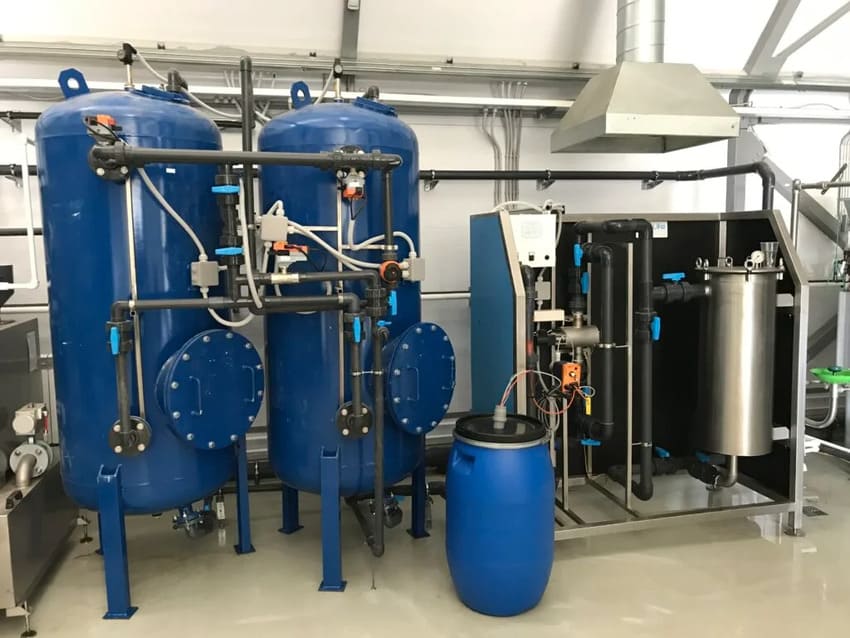Environment Science and technology
13
Solar energy is used to power an eco-friendly quantum sensor
- Rating
- solar
- sunlight
- quantum
- photovoltaic
- diamond
- light
The quantum industry is embracing sustainability.
Sunlight, rather than the power-hungry lasers that were used in earlier models of these very sensitive magnetic field sensors, is now used to perform the observations. This represents a significant improvement over prior models. The power consumption of a laser may approach one hundred watts, which is comparable to that of a powerful lightbulb. Because of this invention, quantum sensors are no longer tethered to the need for energy. Researchers present their findings in a forthcoming edition of Physical Review X Energy, in which they discuss the development of an ecologically friendly prototype that is at the cutting edge of technology.
The most innovative part of the gadget is the way it makes use of sunlight. There are no photovoltaic cells involved in the process of turning light into energy. According to Jiangfeng Du, a physicist from the University of Science and Technology of China in Hefei, the light from the sun really performs the same function as the light from the laser.
In order to accurately detect magnetic fields, quantum magnetometers often include the use of powerful green lasers. A diamond that has atomic flaws is illuminated by the laser (Sunday Night, February 26, 2008). Defects occur in pure diamonds when nitrogen atoms take the place of a small percentage of the carbon atoms that make up the diamond. The green laser makes the nitrogen defects glow, which results in the emission of red light with an intensity that is proportional to the strength of the magnetic fields in the surrounding area.
Additionally, green light is required for the new quantum sensor. As may be observed in the green wavelengths reflected off tree leaves and grass, there is a significant amount of that present in sunshine. The laser that Du and his colleagues were using to capture sunlight was replaced with a lens that was 15 centimetres broad so that they could collect enough of it to power their magnetometer. After that, they focused the light on a diamond that had nitrogen atom flaws while filtering out all the other hues of the spectrum save green. The end result is a red fluorescence that indicates the intensity of the magnetic field, exactly as magnetometers that are equipped with lasers do.
The process of converting one kind of energy into another is fundamentally wasteful. This is what occurs when solar cells capture light and turn it into electricity. The researchers say that since their method does not need the transformation of sunlight into energy in order to power lasers, it is three times more efficient than what would be feasible with solar cells powering lasers.
According to Yen-Hung Lin, a physicist at the University of Oxford who was not engaged in the study but has never seen any other studies that tie solar research to quantum technology, "I've never seen any other publications that do." "It might very well kindle a spark of interest in this unknown path, and we could see more multidisciplinary study in the realm of energy," said one researcher.
According to the findings of the researchers, quantum devices that are sensitive to other factors, such as electric fields or pressure, might also benefit from the technique that is powered by sunlight. In particular, quantum technology that is situated in space may be able to exploit the bright sunlight that is accessible outside of Earth's atmosphere to create light that is customised for quantum sensors. The remainder of the light, which has wavelengths that are not used by the quantum sensors, may be allocated to solar cells, which would then be used to power circuitry that would analyse the quantum signals.
The magnetometer that is powered by sunlight is merely the first step in the integration of quantum theory with ecologically responsible technologies. According to Du, "At the present time, the primary function of this gadget is for research and development." "We anticipate that the gadgets will be used for a variety of useful applications. But there [is] loads of work to be done.”
CITATIONS
Y. Zhu et al. Sunlight-driven quantum magnetometry. Physical Review X Energy, in press, 2022.
Leave a Reply
Your email address will not be published. Required fields are marked *


